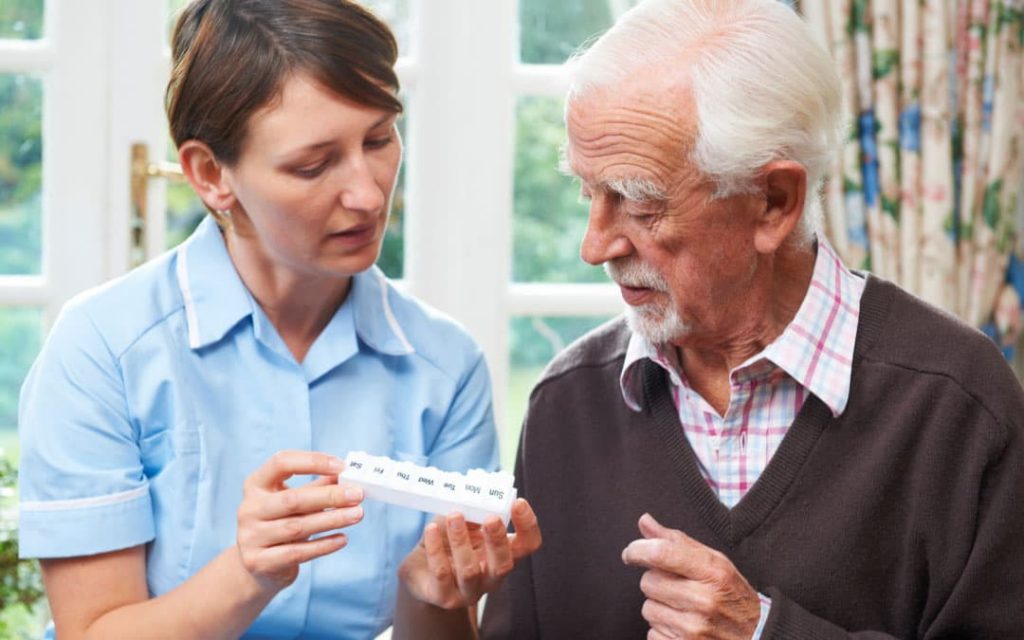Have you ever encountered someone who required medical attention? If you are in a situation where you need to assist an ill or injured person, then first aid and CPR training will help you save their life until they can receive full medical treatment from a first responder.
Basic Rules of First Aid
One of the basic rules of performing first aid on someone is to ask for the person’s permission to help them as a first aid provider. Legally, you must receive permission before you assist them. Once they have agreed, you can start offering help and must continue to do so until a different trained person takes over, the scene is no longer safe, they can no longer continue due to exhaustion or the victim’s condition improves. If the person is unresponsive or is a child without a caregiver, then you have “implied consent” to help them because you can assume that they want your help.
It is safe to start helping someone if you recognize the problem. Use your best judgment when deciding whether or not to call 911. If you are ever in doubt, always call. In the meantime, you can perform (CPR) or use an automatic external defibrillator (AED) if necessary.

Assisting with Medication in an Emergency
As a trained person performing first aid on someone who is ill or injured, you are not allowed to diagnose or prescribe medications. However, you can assist these individuals to take their prescribed medication in an emergency.
In order to do this, the person must be responsive and must indicate that they need you to help find their medication, prepare it and then take it. The person must be able to identify their medication, and you can assist them by giving it to them for self-administration.
When you are assisting someone with their medication, always check the label to see that it has been prescribed to that person. Read the instructions and warnings at least twice and make sure that you know the correct dosage before you give it to them. Confirm the information with the ill or injured person.
If there is no clear indication on the package that this is the medication the person needs, first confirm if they still want to take it. Additionally, ask about any allergies, or if they are taking something that might cause a negative reaction or may interfere with the medication.
Once you have confirmed all of the above information, get their permission before helping them take their medication.
Note: To help EMS personnel, make a written note of the medication taken, the dosage and what time it was taken.
Learn about First Aid Training you might need
Get first aid trained and acquire skills to assist someone with your life-saving skills as you complete the course with us. Call our toll-free number to know more.
How to Find the Medication?
If the person who is ill or injured is responsive, they can give you instructions about where their medication is. If they cannot speak, you may have to search for it yourself. Think of the typical places that people usually keep their medications, e.g. a bag, back pocket, etc. Once you find it, read them the label and ask them to confirm with a physical sign if it is the correct medication.
You can also get information for chronic medication or emergencies from a medical identification product or their photo ID. Some cell phones also have a medical identification page that may be able to assist you.
How to Prepare the Medication?
If the medication is in a tablet form, then all you need to do is to hand the right number of tablets to the person. However, with an inhaler or auto-injector, you may need to prepare the medication before giving it to the person to take. This could entail removing the cover or even ensuring that the auto-injector has the prescribed amount of fluid in it. Make sure to read instructions prior to assisting the person.
How to Guide a Person to Take Their Medication?
A tablet can be handed to the person to place in their mouth to chew, or they can place it under their tongue. If it is an inhaler, the person must first shake the container before they dispense it, and you may need to help the person hold the inhaler as they press it down. With an epi-pen auto-injector, you can simply guide them by showing them where they should inject it.
How to Give Life Saving Medication?
If a person has indicated that they need to take a life-saving medication but can’t do it themselves, then you can help administer it. For someone who is having a breathing emergency, you may need to give them medication from an inhaler. Do this by dispensing the correct metered dose into their mouth. If the person needs an epinephrine injection due to an allergic reaction, then you must inject it into their outer thigh.

How to Give Ingested Medications?
Putting anything into a person’s mouth can present a choking hazard. Only if the person cannot physically take their ingested medication alone, but has indicated that your help is needed, can you can assist them. Place the correct number of tablets into their mouth or hold the liquid medicine dispenser to their mouth.
Your immediate response to anyone in need can help them survive a sudden health incident or accident.It is important to learn first aid as it will provide you with amazing life saving skills. If you’d like to learn more about helping others with medication, please be sure to register for one of our First Aid and CPR training courses at one of our many locations around Ontario! Enroll today! First aid, CPR and AED training can help you be there for others.
Register for First Aid & CPR Training






















1 Comment
[…] practice you can also inject them, but not before first checking that you meet the basic rules of assisting someone with medication. Usually, a person with a known allergy that has an epinephrine auto-injector will also have an […]